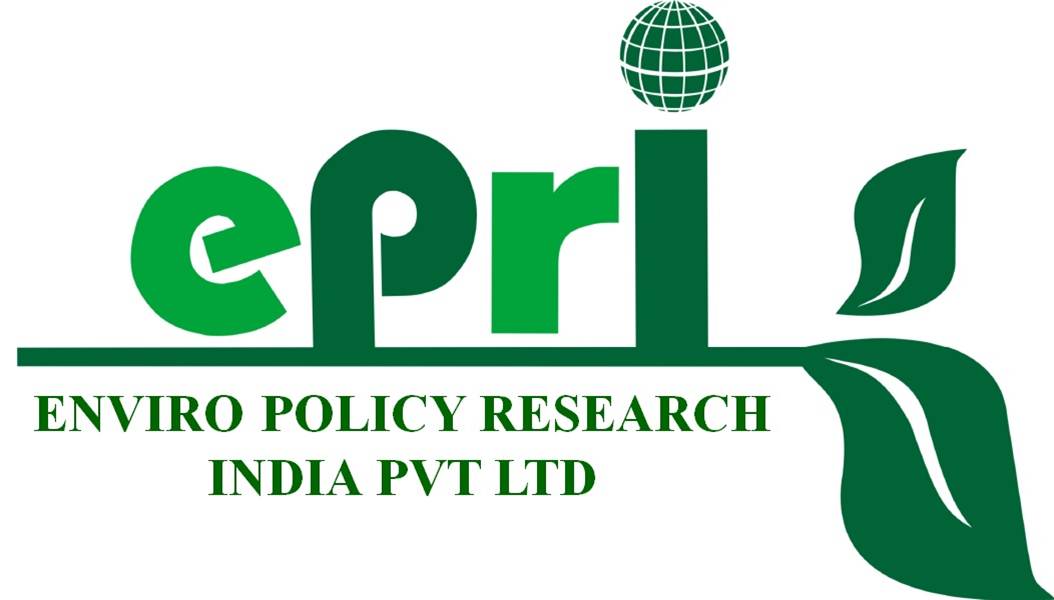Toxicity Characteristics of Drilling Mud and Its Effect on Aquatic Fish Populations
Authors
Kanchan Wakadikar.
Sunil Kumar.
S. Satheesh Babu.
S. P. M. Sivagami.
Shalini Tandon.
Rakesh Kumar.
Patrick Hettiaratchi.
Avick Sil.

Toxicity tests are important for assessing the effects of complex chemical mixtures, such as waste drilling mud, on aquatic ecosystems. When waste drilling mud is released into the marine environment, strong ocean currents perhaps separate the drilling mud into a solid phase (SP) and a suspended particulate phase (SPP). A comprehensive assessment of drilling mud and base oil was carried out in the laboratory for acute fish toxicity (freshwater fish, marine fish, and benthic organisms) and biodegradability. The results presented in this paper indicate that the LC50 96 h for fresh water, marine and benthic organisms was in the order of base oil > SP > SSP. The 28-day biodegradability of base oil was also more than that of drilling mud. The results also showed that non-aqueous drilling fluids (NADFs) are readily biodegradable. The Spearmen results clearly showed the effects on fish populations from the discharge of drilling mud into aquatic systems. The results showed that the use of NADFs instead of water-based fluids (WBFs) would have lesser adverse impact on the environment.
Other Publications:
- Development of correction factors for landfill gas emission model
- Vehicular Source Assessment Contributing To Noise Level At Traffic Junctions In Thane City
- Dust control study
- Phytochemical Analysis of a Traditional Medicinal plant-Gnidia glauca
- Effect of non-aqueous drilling fluid and its synthetic base oil on soil health as indicated by its dehydrogenase activity
- Probability of Aluminium Toxicity from Bhandup Complex Water Treatment Plant, Mumbai
- Toxicity Characteristics of Drilling Mud and Its Effect on Aquatic Fish Populations
- Evaluation of Electricity Consumption and Development of Household Energy Performance Index
- Utilization of fly ash in construction industries for environment management
- Municipal solid waste: Zero tolerance management strategy
- Formulating LandGem model for estimation of landfill gas under Indian scenario
- Challenges and Opportunities in SWM in India
- Assessment of Particulate Matter (PM) Exposure and Noise Levels in the Basement Parking Area of Malls
- Waste Characteristics and Generation
- Neighbourhood Shadow Analysis of Proposed High Rise in Mumbai, India
- Issues in Solid Waste Management in Rural India


